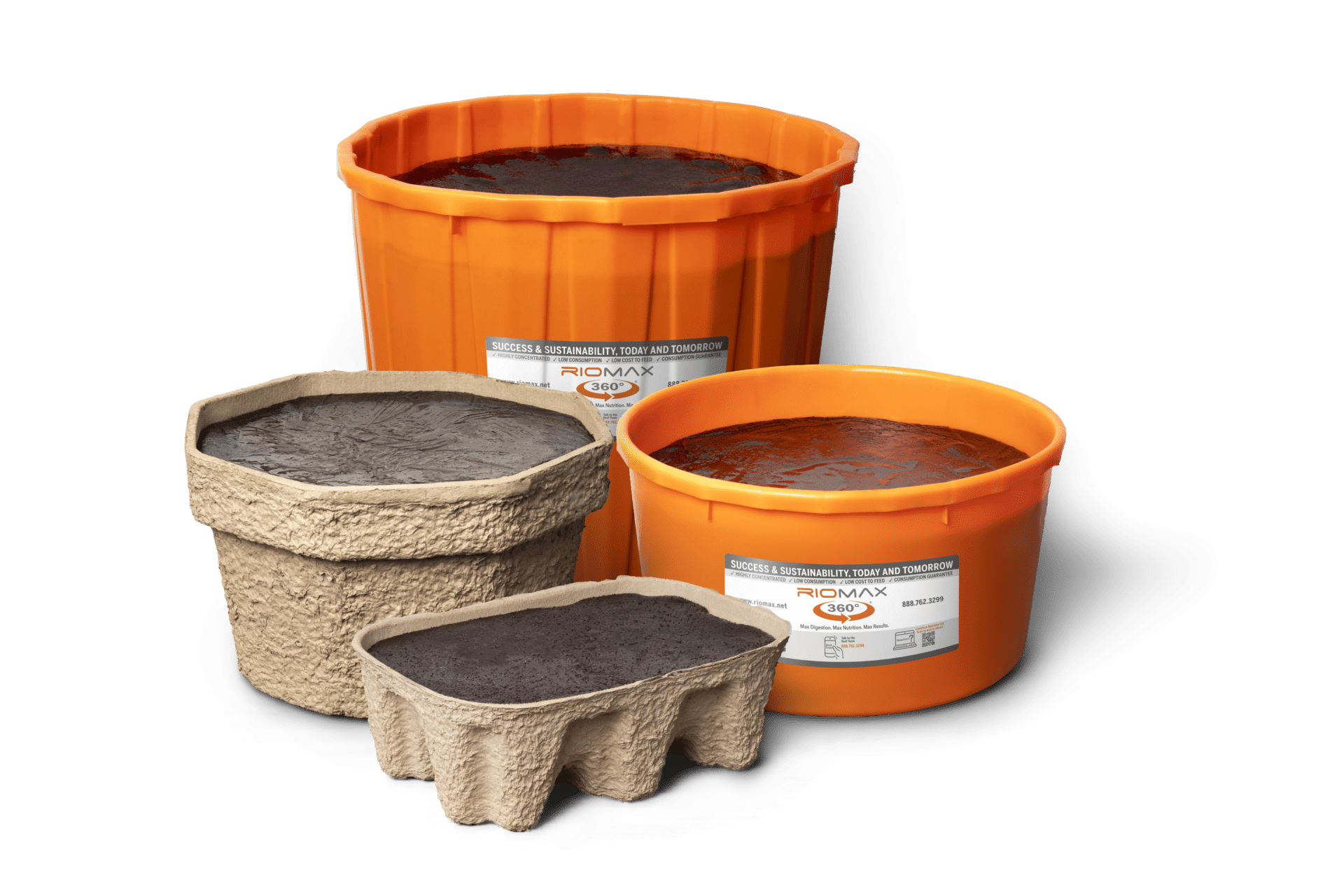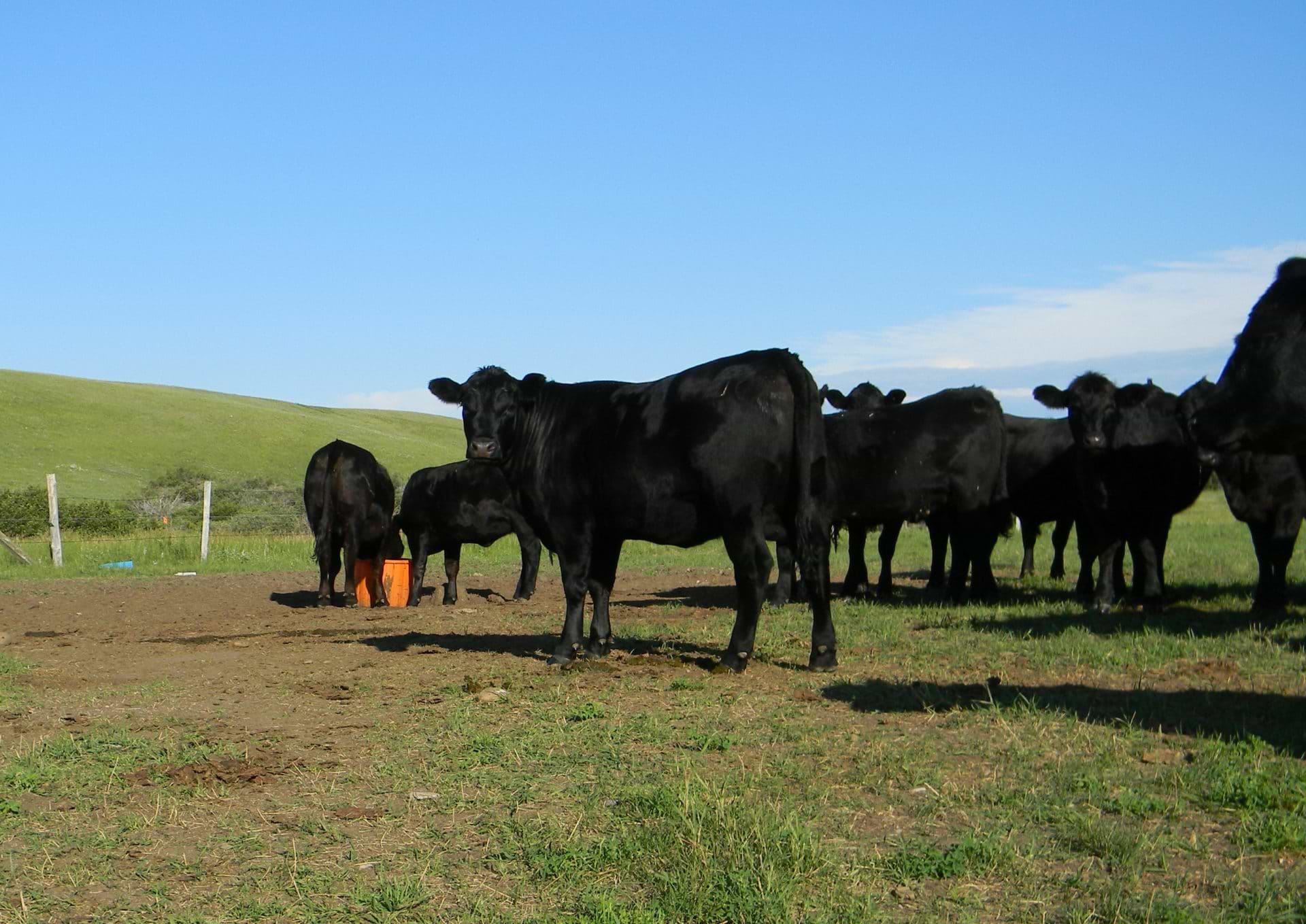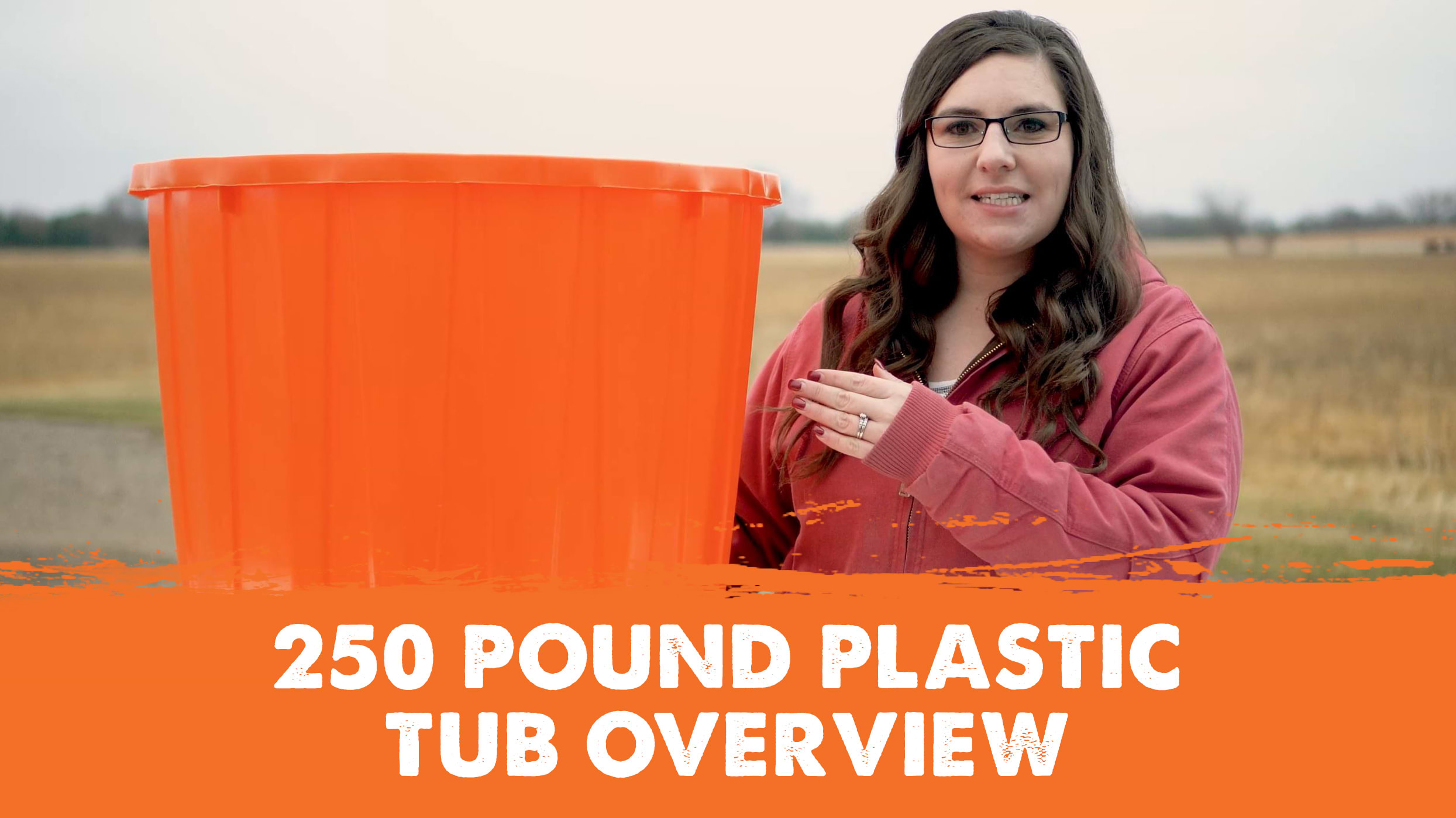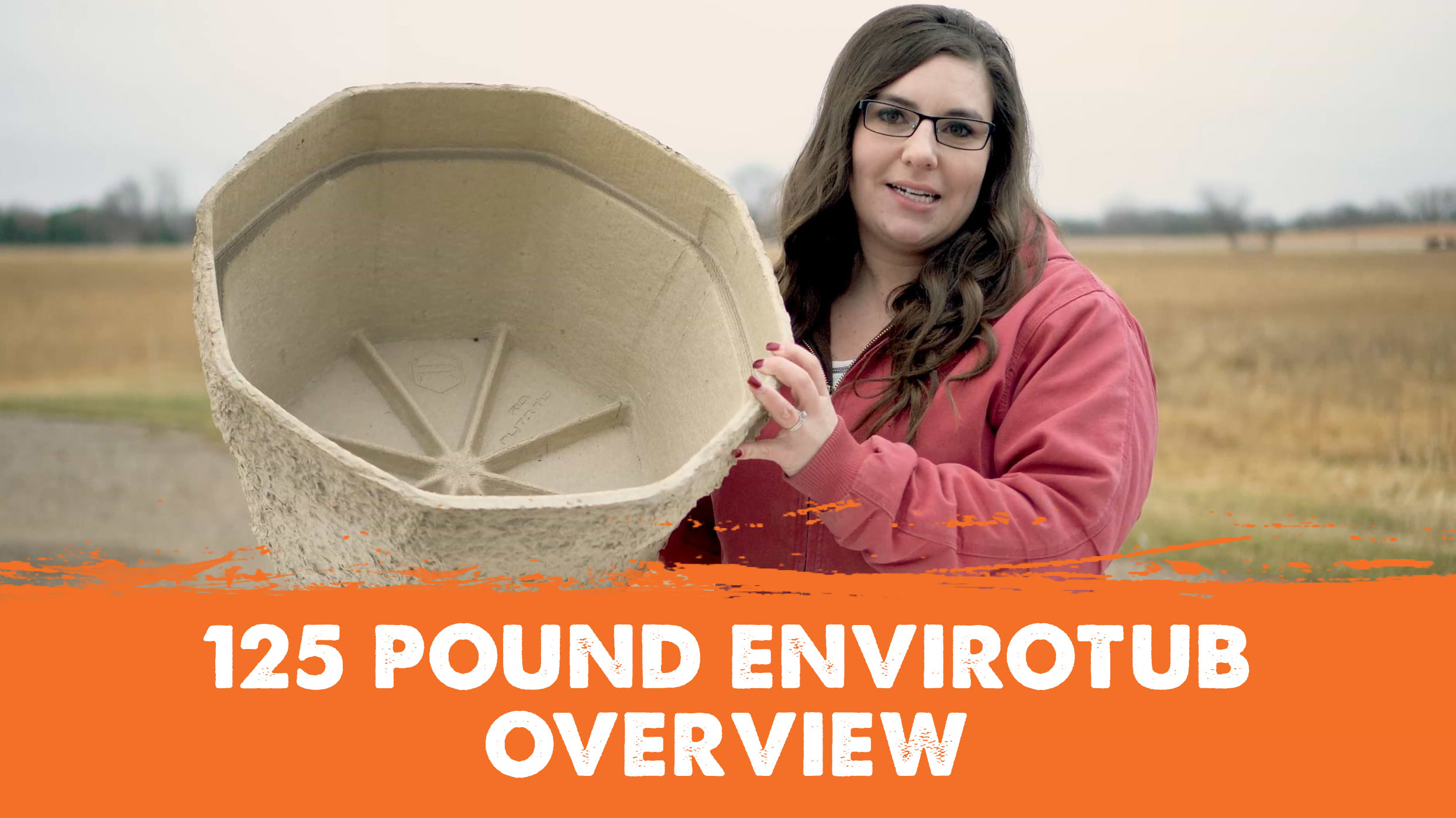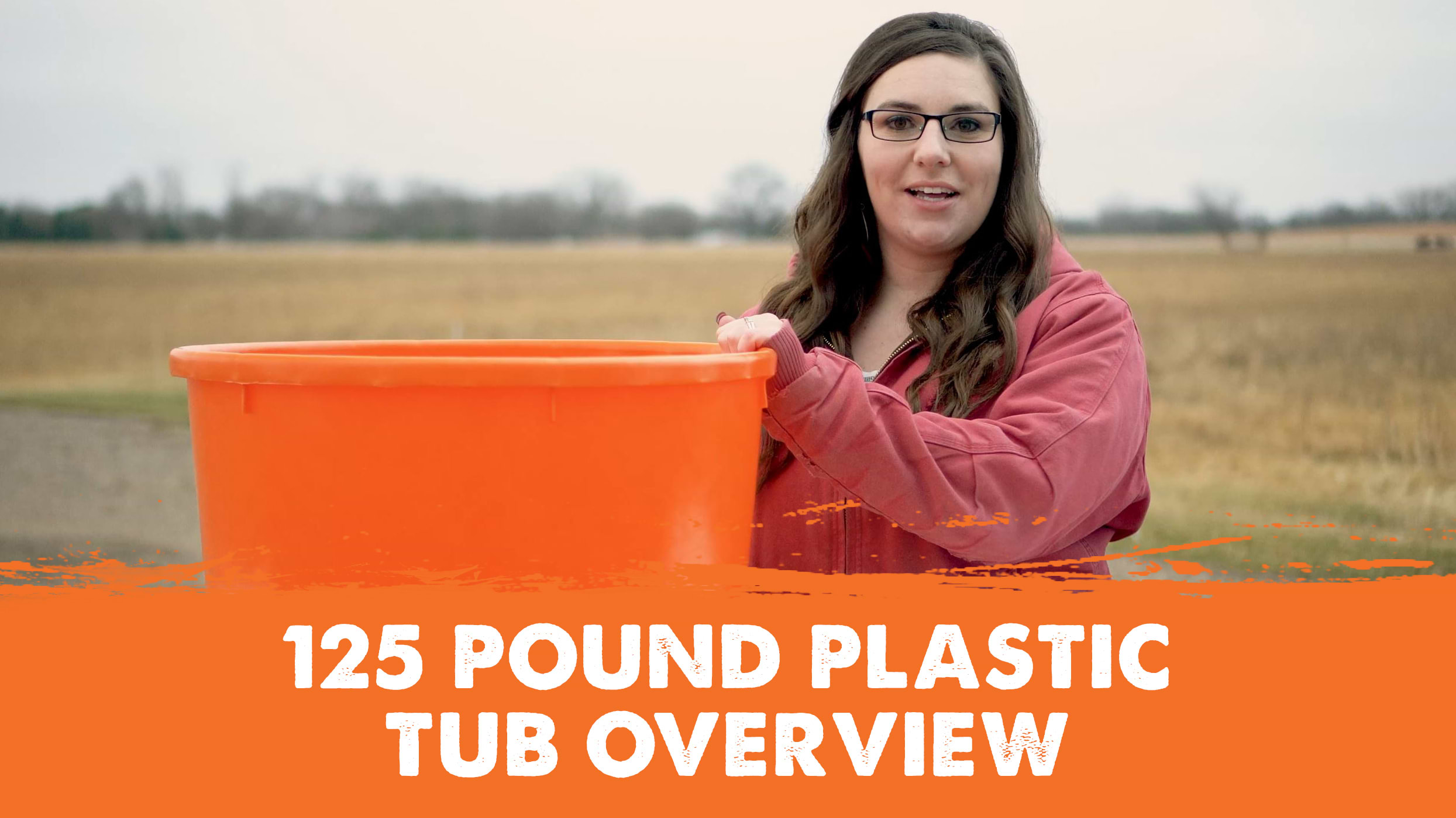Last updated on April 10th, 2023 at 09:30 pm
PG360-IGR™ is an ultra-concentrated lick tub. Like the original PG360™ tub, the high concentration of PG360-IGR™ allows animals to meet their nutritional requirements with very small amounts of product.
Because it's highly concentrated, PG360-IGR™ has a low consumption rate - between 1/8 and 1/3 of a pound per head per day. This low consumption ensures your cost per day is kept in check. Plus, PG360-IGR™ is backed up by our COSTGUARD90 Consumption Guarantee! Take the risk off your shoulders!
We understand that flies can be detrimental to the performance of your livestock. That's why the PG360-IGR™ formula includes Altosid IGR, which is specifically designed to fight horn flies.
HOW MUCH DOES IT COST?
Be aware that there are several factors we cannot determine that do affect your cost and consumption including, but not limited to:
- Current Body Condition/Stage of Production
- Animal Size
- Health Status
- Weather & Location
- Water & Feed Quality
- & More!
It is challenging to determine exact costs when there are so many variables. If you wish to get a quote customized further to your operation or have any questions, don't hesitate to give us a shout at 888-848-4765!
When should I feed PG360-IGR™?
PG360-IGR can actually be fed year-round, although many producers choose to feed it just during the summer months, switching back to one of our formulas without fly control for winter.
PG360-IGR's self-regulating forage balancer technology enables it to fill nutrition needs no matter the season, location, or forage.
Feeding a mineral supplement continuously, with fly control or not, gives animals an even nutrition plane, and users typically see consumption averaging at the low end when using it year-round.
For a cow the recommended rate is 1/8 to 1/3 pound per head per day.

One thing to understand is you will never get rid of all of the flies. The important thing to focus on is where the economic impact starts.
Studies have shown that fly populations of around 200 flies per cow do not cause an economic impact. Left untreated, there can be up to 4,000 flies per animal - that's when stress, weight loss, and disease come in and costs you big time!






